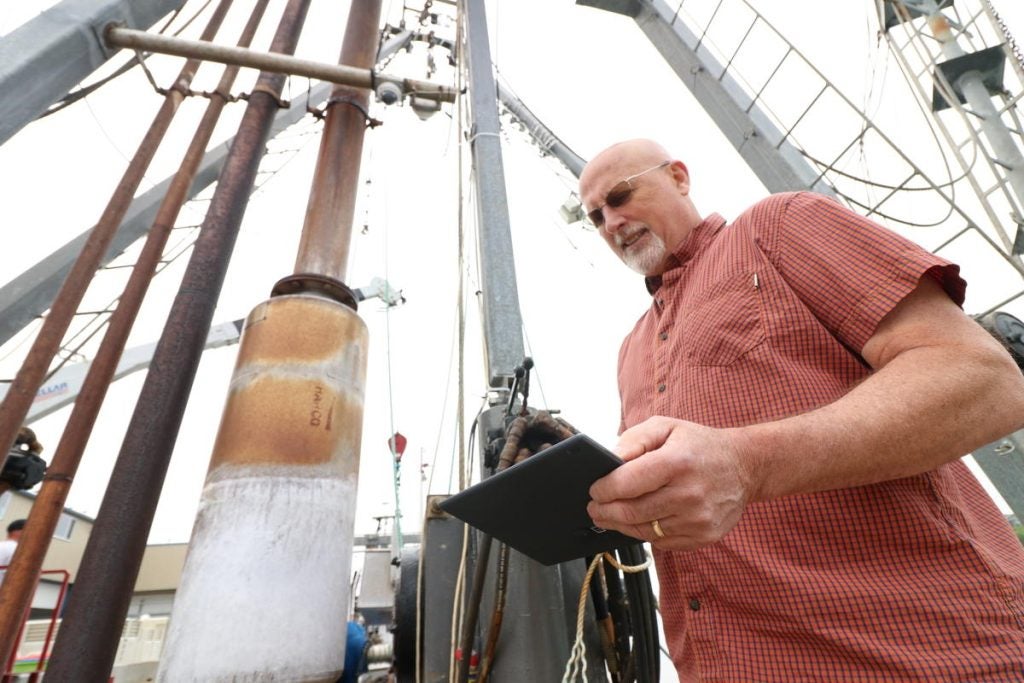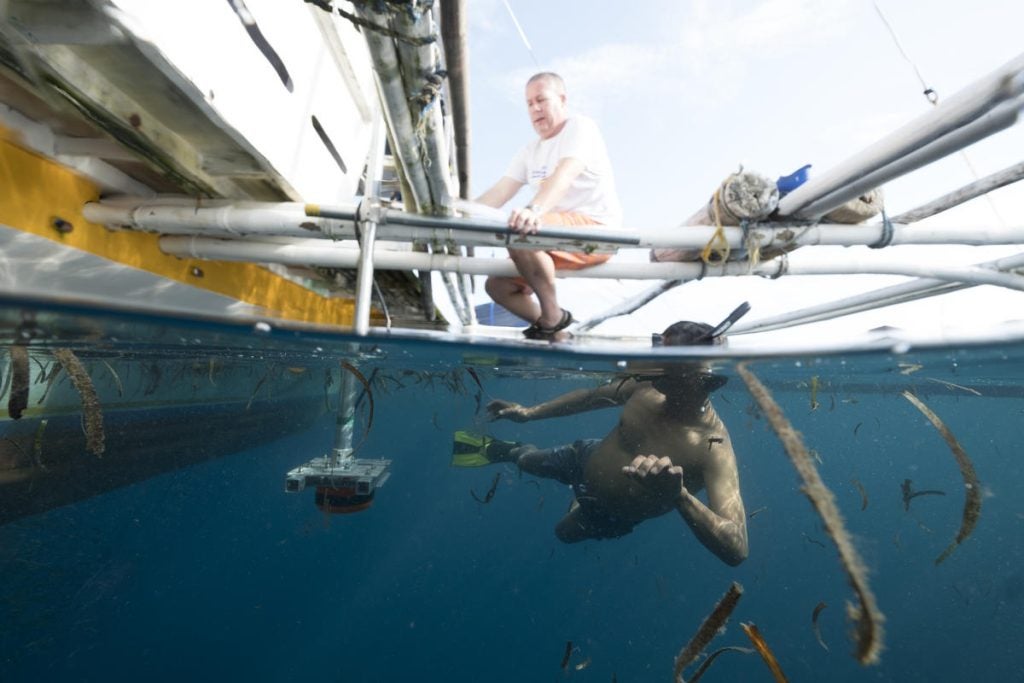Tech solutions to meet the challenges of a changing ocean
By Janelle Hangen and Huff McGonigal
Climate change will continue to have serious impacts on oceans, fish stocks and fishing communities. If we continue to emit carbon at the current rate, landings of sustainably caught fish will decline by as much as a 25% by the end of the century due to shifting stocks and decreases in productivity. To meet this challenge, a suite of new and emerging technologies can help fishers, managers and communities to fish smarter and to become more climate-resilient in an uncertain future. EDF’s new publication, Technologies for Climate-Resilient Fisheries, identifies four primary climate challenges and the technologies available to meet them.
Understanding changing ocean conditions
As ocean temperatures rise, currents shift, upwelling patterns change and variability increases, we must first understand these changes and their impacts in order to protect stocks and ensure sustainable and profitable fisheries. Partnering with fishers to collect oceanographic data at sea can help provide critical information to better understand how changing environmental conditions are impacting stocks. Groups like the Berring Data Collective are fostering partnerships between oceanographers, fishery managers and fishermen, installing automatic sensors on fishing gear, and collecting data that can enhance our understanding of oceanographic dynamics, help avoid bycatch and improve fishing opportunities.
Predicting and adapting to shifting fish stocks
Changes in water temperature, currents and ocean chemistry are affecting the distribution of fish and other marine species. As the oceans become warmer, species are adapting by shifting into deeper waters and moving toward the poles. These changes in the distribution of fish stocks can have significant impacts on fisheries. Fortunately, new predictive mapping technologies developed by the National Oceanic and Atmospheric Administration and companies like the Woods Hole Group can help fishermen improve catch efficiency, avoid bycatch and help managers design closed areas that are more dynamic to reflect changing conditions. These adaptive approaches to fishing and fishing management will be increasingly necessary to minimize the impacts of climate change on fishers and sustain fish stocks.
Managing in the face of change
Effectively managing fishery resources in a changing climate depends on quickly detecting, understanding and responding to shifts in the ecosystem. Management systems must become more adaptive to deal with these changes, but this often requires near real-time data on catch, effort and environmental conditions. These kinds of data have historically been unavailable as they are prohibitively expensive and challenging to collect. Increasingly, however, digital data collection platforms, wireless communications, artificial intelligence and software-based decision support tools are allowing managers to cost-effectively collect and analyze new streams and make better informed and more timely decisions. Making data-driven decisions quickly will allow fishers and fisheries managers to be nimble and responsive to climate variability.
Protecting vulnerable small-scale fishing communities
Climate change will not impact all regions and fisheries equally. Small-scale fisheries in the developing tropics will be especially hard-hit by shifting stocks, decreased productivity and more powerful storms, but technology can help increase their resilience across a range of areas. For one, new low-cost solar-powered communication devices from groups like Navcast can help fishers communicate and stay safer in increasingly unpredictable seas. In addition, new online tools and apps from groups like Aruna in Indonesia and Abalobi in South Africa can help fishermen increase their access to markets and financing, which helps to improve their bottom line. And third, online platforms like the Small-Scale Fisheries Hub help provide the resources and organization these fisheries need to become more climate-resilient.
What’s Possible
We are at the outset of the development of these technological tools and just beginning to glimpse their power to help both fishers and managers achieve sustainable and profitable fisheries. However, the fast pace of these innovations makes it difficult for most authorities and fishers to identify and implement tools that are available and cost-effective. Therefore, efforts to share lessons, build partnerships and generate awareness of what is possible are more important than ever. Above all, while technology is a powerful tool, it is most effective when it is a means of implementing the broader policy, development and engagement strategies needed to ensure resilient fisheries and coastal communities.













